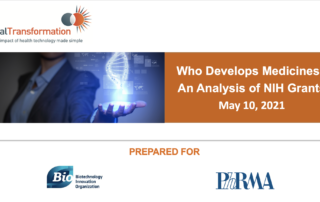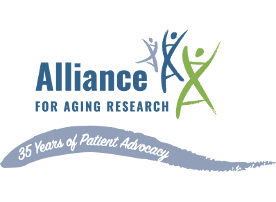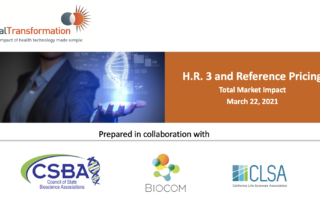Build Back Better Act: Total market impact of price controls in Medicare parts D and B
We model and estimate the impacts of BBBA price reductions for 20 therapies collectively produced by 12 biopharmaceutical companies.
We find that BBBA mandated price reductions impact all 12 companies, causing an average decline in net earnings (EBIT) of 55% :
- The 25% most negatively impacted companies see reductions in their net earnings in excess of 100%;
- Six of the 12 companies see earnings reductions in excess of 70%.
These EBIT reductions would substantially reduce cashflows available for R&D partnerships and pipeline investments into drug discovery and development.
With an average 55% drop in EBIT, our model estimates that - under BBBA - only 6 of 110 approved therapies would be considered “not at risk” of cancelled development.
In the last 20 years, drug prices in Europe declined 75% relative to the United States. We believe that, under BBBA , the US would see similar price declines, and thus declines far exceeding the initial, pre-negotiation, BBBA price reductions (depending on “age” of a therapy) of between 25% and 60%
Importantly, BBBA does not address the increasing challenges posed by higher rebates demanded by PBMs, currently estimated to be at least 50% of companies’ gross revenues.
This study was funded by BIO.











